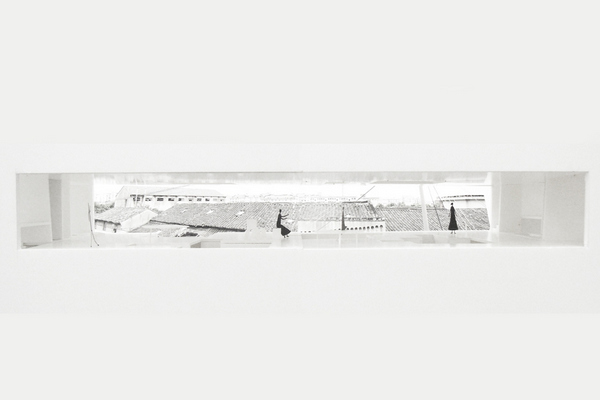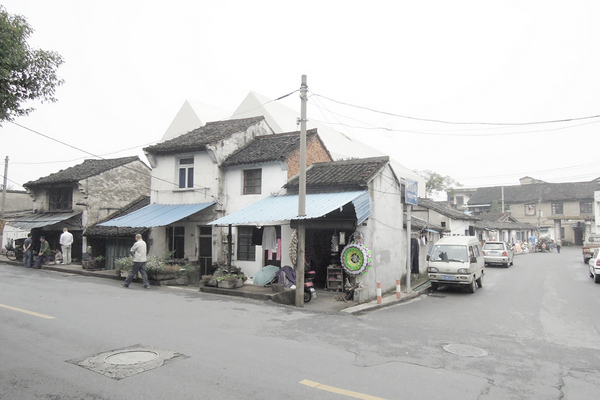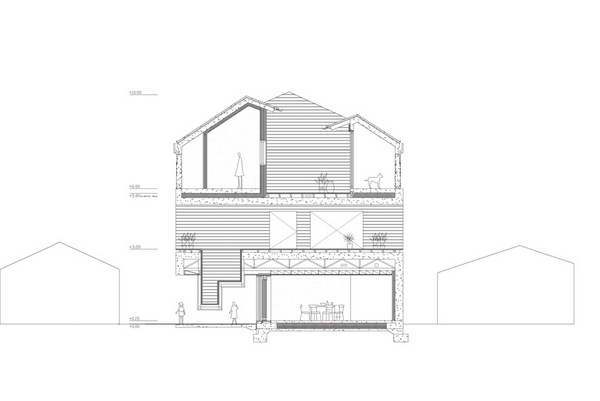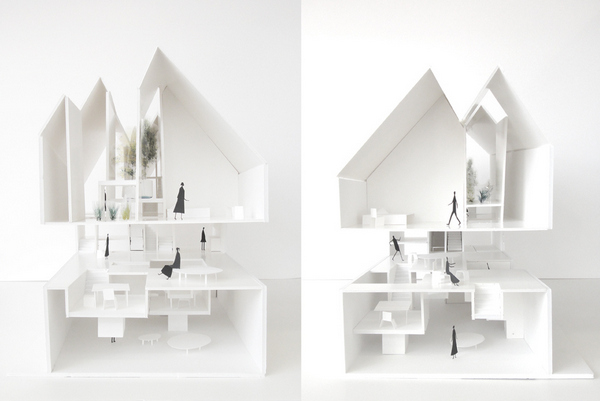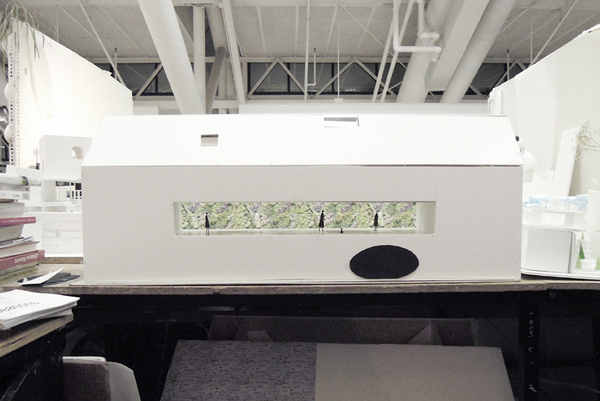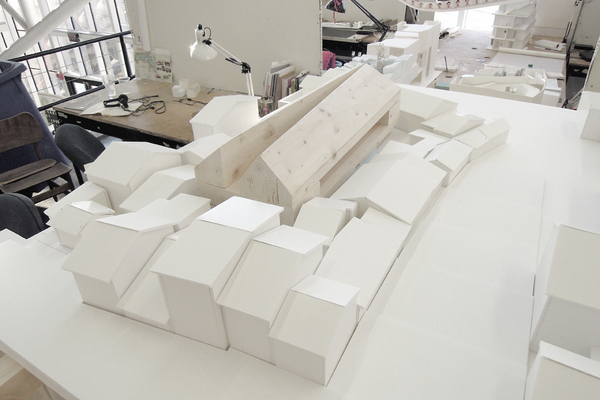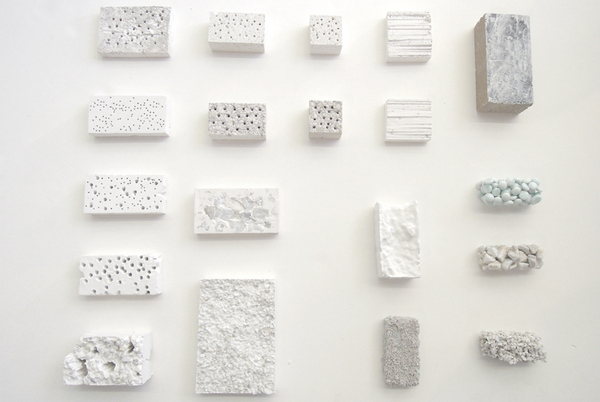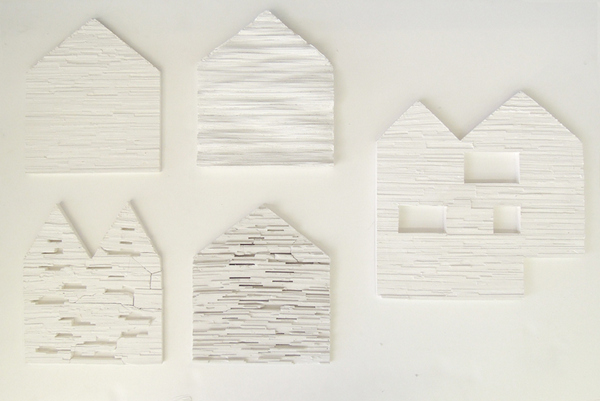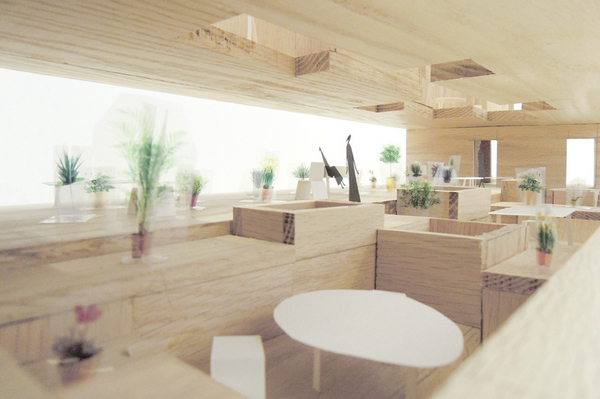Landscape Wooden (Hill and Water) House
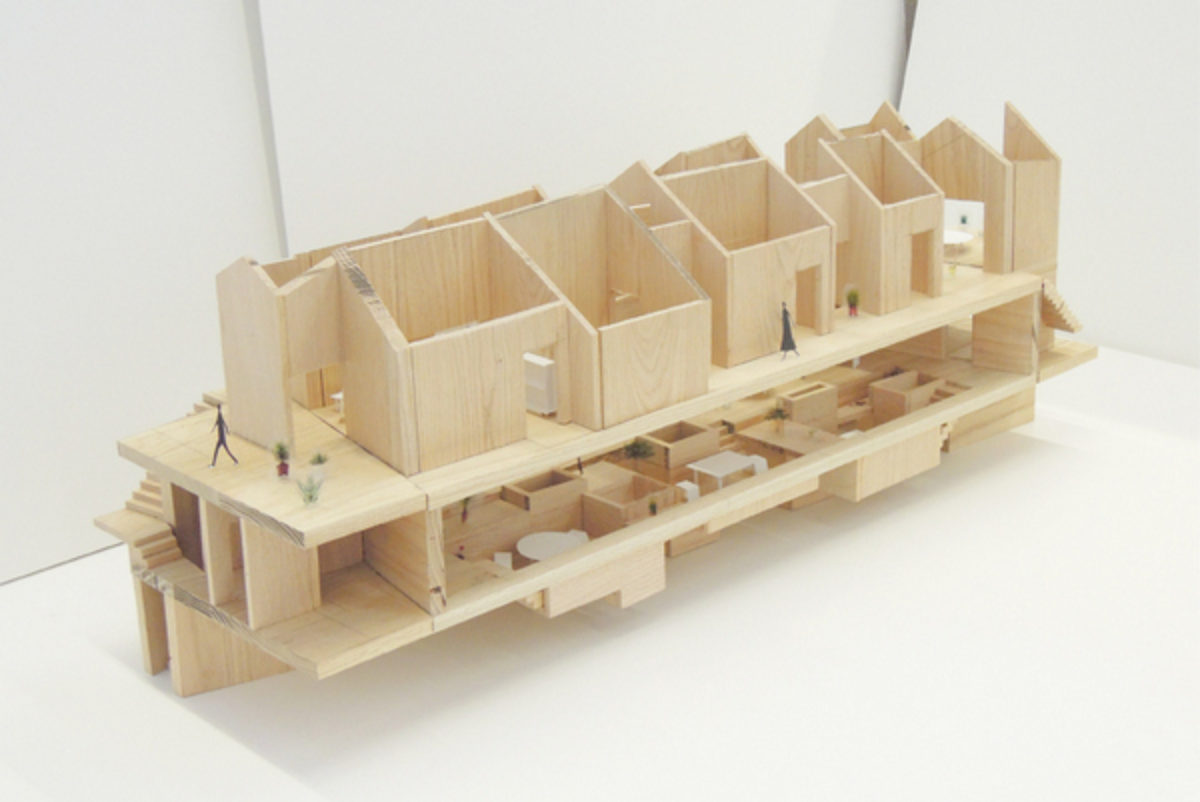
by Lap Chi Kwong (MArch ’13)
A Natural Form of Architectural Narration and Construction
In ancient Chinese landscape painting, “hill and water” typology consists of “hill and water wooden house”. When “hill and water” emerged 1500 years ago, it represented the shift of attention of the subject of the world philosophically; the disappointment on social problems led to the transfer of interest to pure natural objects. Different from the landscape painting depicting only natural landscape, there were houses definitely in “hill and water wooden house”; different from the “Jie Hua” depicting especially buildings, houses in “hill and water wooden house” were not dominant. They were on second place compared with trees and stones. I think it does not only illustrate the relationship between the building and the surrounding environment, but rather the content inside the painting is the subject that architecture should discuss. The existence of buildings in the painting shows the desire of coexisting with the nature. In my point of view, it also represents a humble attitude facing the nature. How should building nests between “hill and water” with a proper manner? It should perceive and learn the natural rules. By narrating and constructing the natural form, architecture mixed with the environment fully, human live in there, feel it and wander around, and judge it with a standard of whether it communicated the natural fascination. It is not about “form architecture,” but an invitation to you to participate and feel the different philosophical and poetic experience.
In traditional Chinese architecture the most direct relation to this philosophy is the construction of garden. Garden is definitely the constructed “hill and water” painting. It is interesting that garden was often built in city. To the over-artificial city, garden is like an architectural critique with nature as its reference. The proponents of garden express their desire of getting rid of the urban life through this. Garden usually shows the hidden status of villages in hill. To build gardens in city seems like being critical to the urban values on the position of countryside. What interests the architecture designers is, in a site empty as a white paper, even there is no tree, hill or stone to make use of, how to build a wider viewpoint, how to curate and construct an arena conforming to the natural codes, and make the buildings lose its central position in architecture, so that we are able to find a more sustainable constructing way.
This course tried to guide the students to make an exploration on architecture design following the philosophy.
